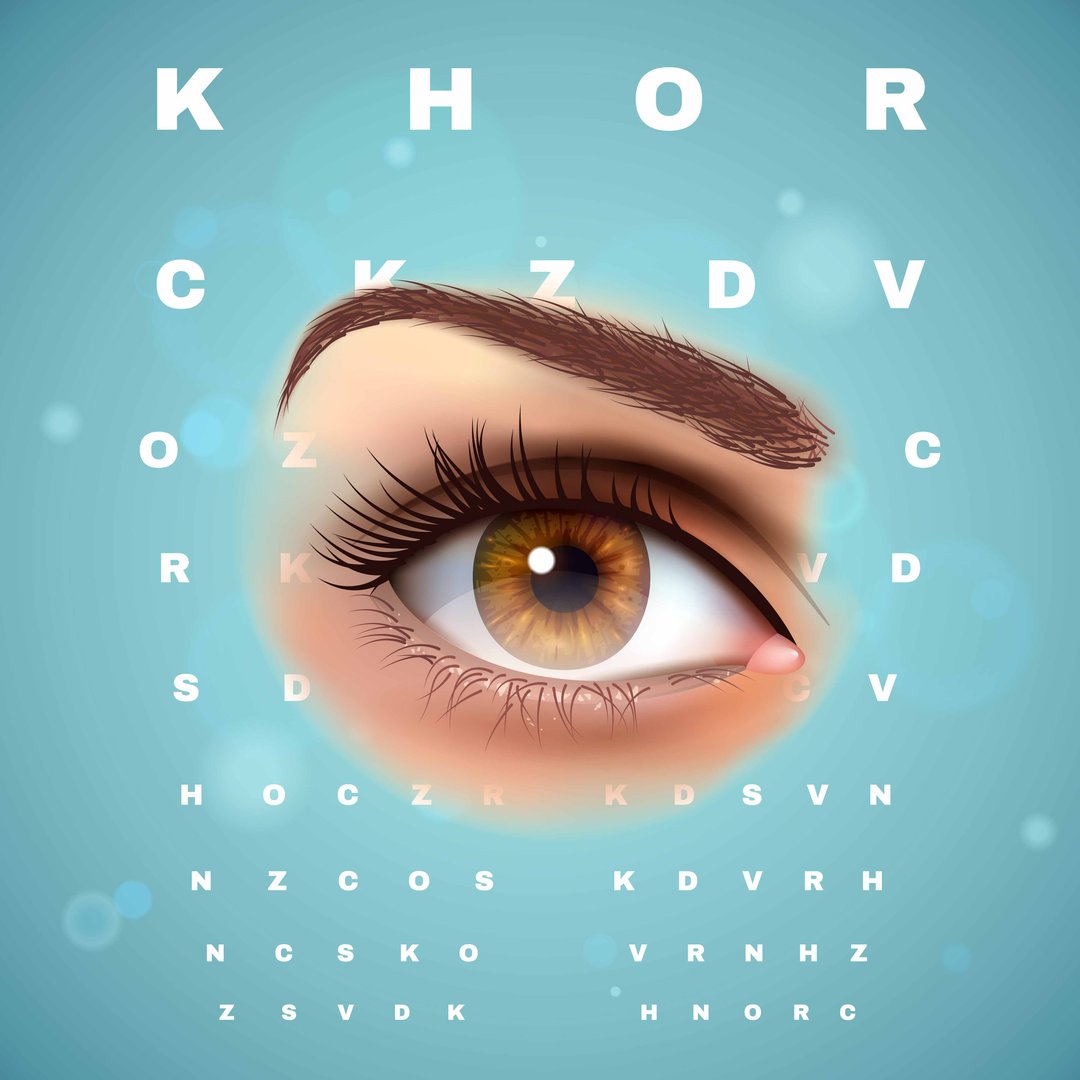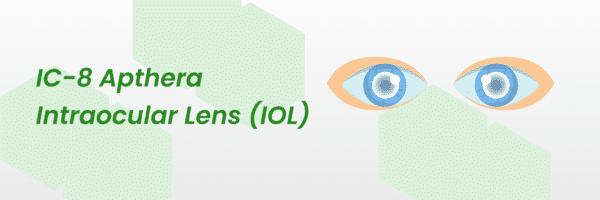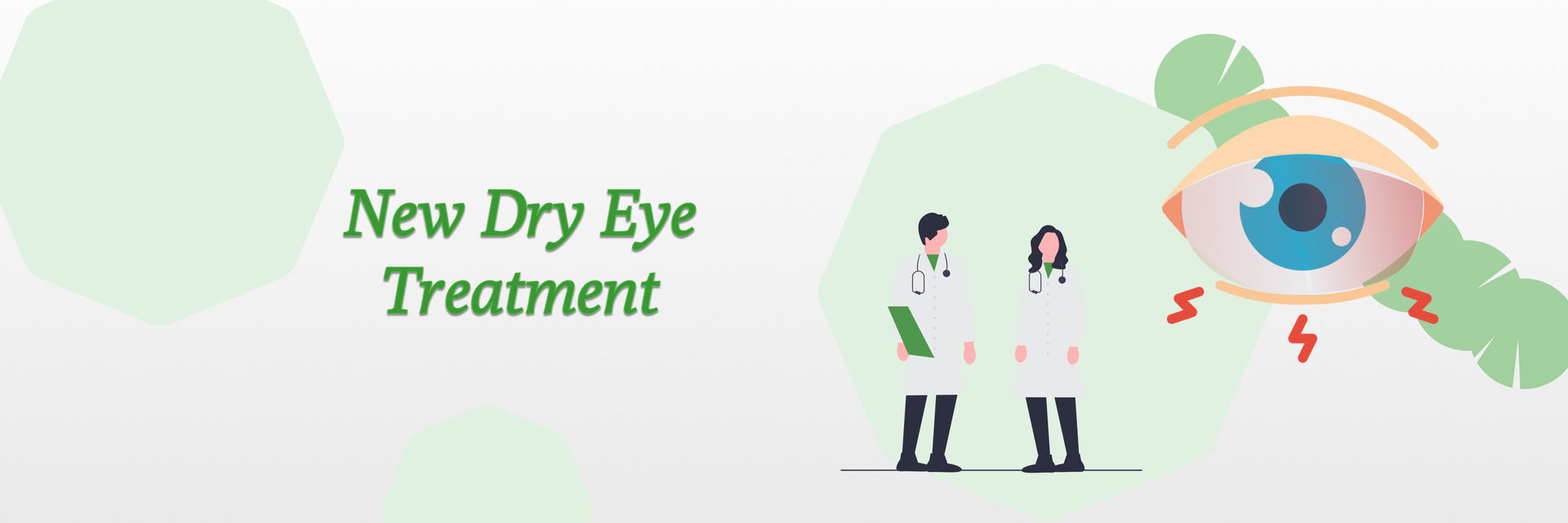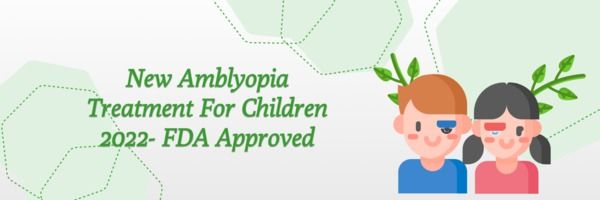Age-related macular degeneration (AMD) and diabetic macular edema (DME) are two leading causes of vision loss. AMD occurs in people around the age of 50 and older. The retinal condition builds up in drusen deposits in the form of "dry AMD." As the disease progresses, new and abnormal blood vessels grow, disrupting eye functions.
On the other hand, DME is a complication of diabetic retinopathy (DR). High glucose levels lead to abnormal blood vessels in the eye. These compromised blood vessels cause swelling and blurred vision. The swelling of the macula is DME. If left untreated, both AMD and DME lead to permanent vision loss.
There are many treatments for both conditions. However, the latest innovation is the first of its kind. Genentech's (faricimab-svoa) received FDA approval as the new treatment for AMD and DME. This new treatment for wet AMD and DME is the first FDA-approved bispecific antibody for the eye.

More About Vabysmo
FDA approved Vabysmo on January 28, 2022. This new treatment for age-related macular degeneration and diabetic macular edema is an approved injectable eye medicine in the US. The first bispecific antibody for the eye targets angiopoietin-2 (Ang-2) and vascular endothelial growth factor-A (VEGF-A). Both biological pathways are vital contributors to vision-threatening retinal conditions.
The FDA approval is based on the results of four phase 3 studies in wet AMD and DME. The studies showed that when Vabysmo is given at intervals of up to 4 months, patients achieve non-inferior vision gains. The studies compared this new treatment for diabetic macular edema and age-related macular degeneration with Regeneron's Eylea. Till now, Eylea has been the most common treatment for both wet AMD and DME.
More details about the phase 3 studies
This new treatment for macular degeneration and diabetic macular edema received FDA approval following the completion of four studies that proved Vabysmo's efficacy. In these trials, which involved over 4,000 participants, Vabysmo was put up against Regeneron's Eylea, the current most popular treatment for wet AMD and DME.
Vabysmo functions by obstructing two disease processes hypothesized to cause blood vessels in the eye to become unstable. This leads to the formation of new leaky blood vessels and escalating inflammation. Vabysmo may reduce the risk of bleeding and fluid buildup in the eyes by preventing these blood vessels from developing.
Researchers found that in all four studies, Vabysmo was equally as successful at treating vision loss caused by wet AMD and DME as Eylea. Vabysmo also had fewer adverse side effects and posed fewer health hazards than Eylea. According to the studies, individuals who received Vabysmo at intervals of up to 4 months in the first year had non-inferior vision improvements compared to those who received aflibercept every two months. Vabysmo was generally well tolerated in all four investigations and had a favorable benefit-risk profile. Conjunctival bleeding was the most typical adverse response (5%) recorded in patients receiving Vabysmo.
Vabysmo may have several benefits, but the possible decreased frequency of treatments is maybe the most important. Vabysmo and Eylea must be administered by ocular injection, necessitating a trip to the doctor. Following the initial administration of monthly eye injections, more than half of Vabysmo participants went four months between treatments while retaining gains in vision. More than 75% sustained benefits with at least three months between treatments.
On Eylea, however, injections are administered every two months. The findings of this study show that not only may this novel treatment decrease the frequency of required in-clinic visits and injections into the eye, but it may also lower treatment costs because fewer doses would be necessary. The frequency of injections may be reduced while improving quality of life.
Additionally, Genentech is running two phase 3 trials examining the safety and effectiveness of Vabysmo in patients with macular edema following retinal vein occlusion. It also manages long-term extension studies in patients with wet AMD and DME.
References:






